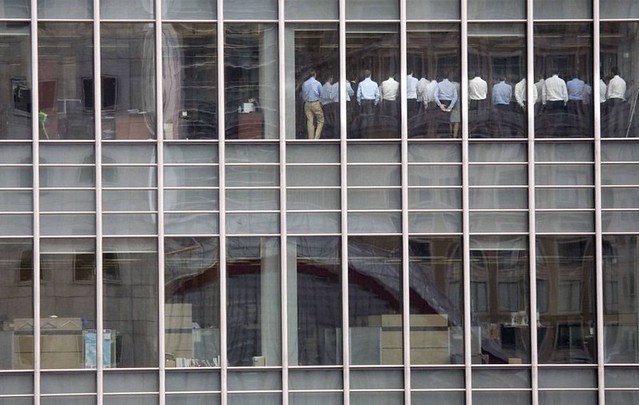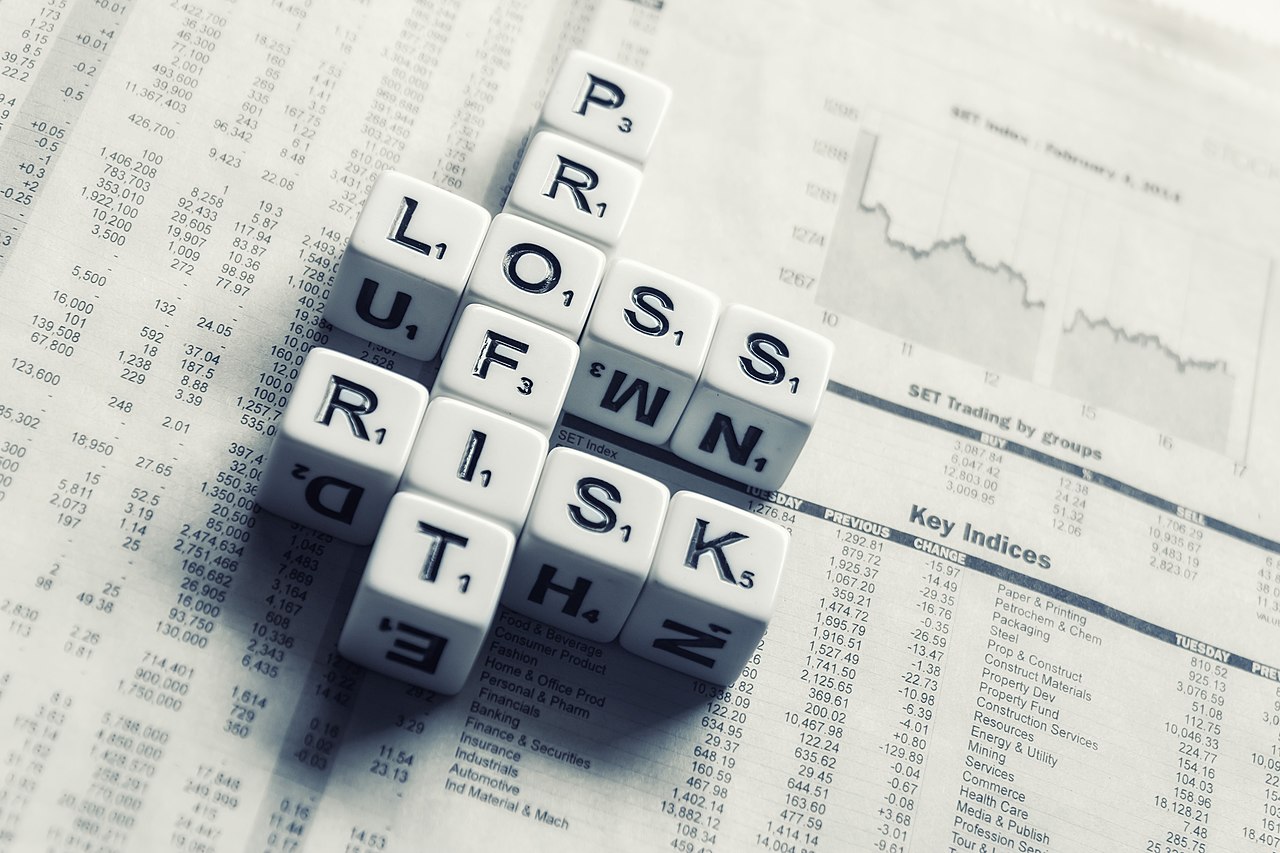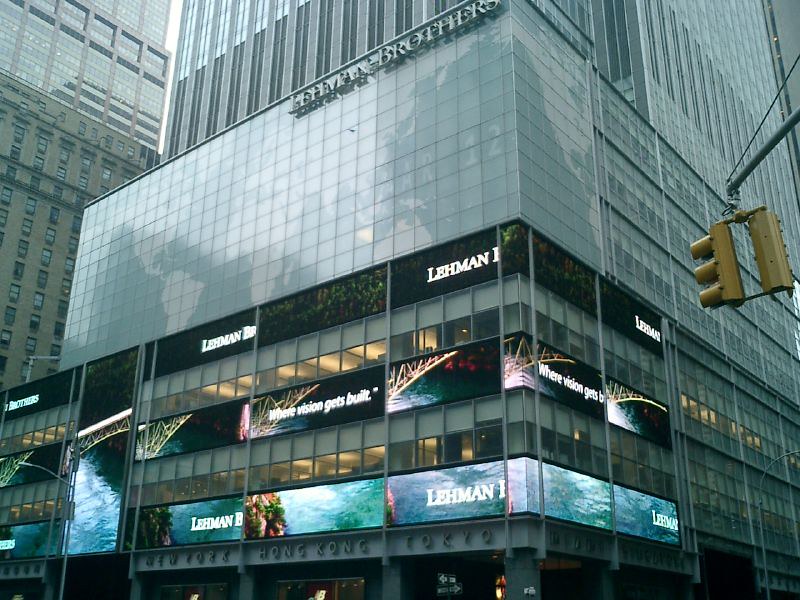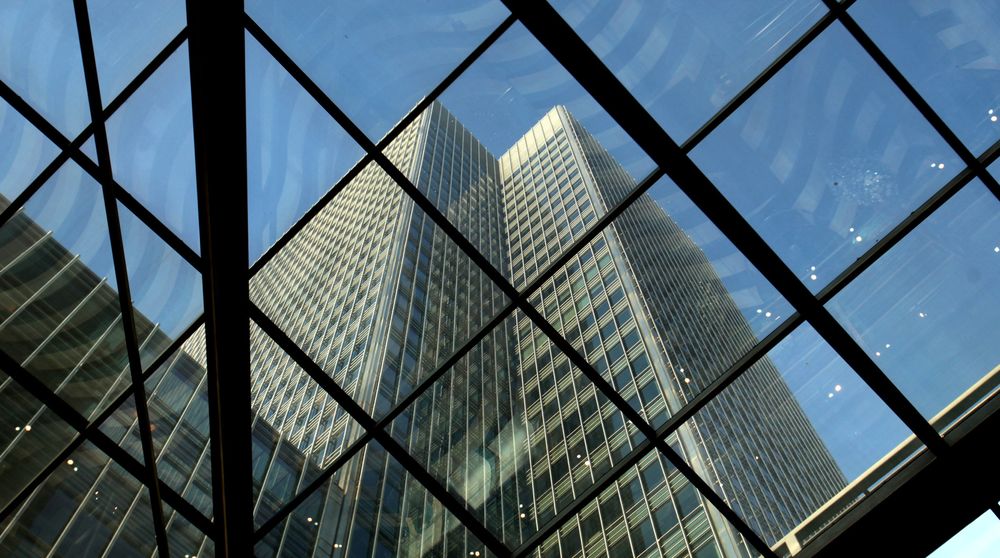In 2006, the European commercial property industry achieved its biggest year yet. Investment volumes across the continent topped EUR225 billion at a pace of growth that saw sales double since 2004. The industry was in self-congratulatory mood; not just mesmerised by the “wall of capital” that was searching for a home but at its own success in becoming a credible part of the wider financial industry.
After decades of being sidelined as an alternative asset class, property was now front and centre, providing institutional investors with international diversity, high returns, innovative ways to invest, and easy access to debt. However, within 18 months, the consequences of this reinvention would reveal themselves. With the fall of Lehman Brothers in September 2008 and the start of the global financial crisis, billions were wiped off the value of European property.
Today, commercial real estate is truly a global financial industry. However, if you told that to those working in real estate in 1998 – a decade before the fall of Lehman – you would be faced with looks of bewilderment. The real estate industry that saw out the end of the 1990s and entered the new millennium was not even very international, let alone financially sophisticated. Therefore, it is only half the story to have the Lehman crash of 2008 as such a definitive marker in the history of European real estate. This unprecedented event masks the years that preceded it, skipping it over important game-changing shifts that can really help with understanding how real estate became so caught up in this crisis.

The Arrival of the US Capital
Those early years started in the mid 1990s when a strain of US capital entered Europe through buying discounted non-performing loans in Paris. These opportunity funds – later to be more generally termed private equity funds – originated in the US investment banks and came deep pockets and big ambitions. Quickly, the likes of Morgan Stanley, Goldman Sachs, and Lehman Brothers scaled up from buying non-performing loans to taking on EUR1 billion plus portfolios from corporates wanting to sale and leaseback their buildings or taking listed companies private in discounted deals.
All these deals were of a type and size that the industry had never seen before but they were also distinguished by what these US investors demanded from the asset class. The opportunity funds aimed for returns of 20% plus, far above the usual regular 7% or 8% that European institutional investors look to from the sector. They used economies of scale, their financial acumen and – most crucially – debt to get to these returns.
Return of the Europeans
As the US investors got their feet under the table in Europe, the euro arrived in 1999. It was a major boost for Europe that further fed into the borderless vision that American investors had of the continent but also one that roused a new wave of home-grown investors.
Back in 1999, European property would be more accurately described as a collection of individual domestic markets, few investors strayed outside their own border. The euro was a huge shift allowing the cross-border market to be unlocked and this, dovetailed nicely with a change in how investors wanted to own real estate. Pension funds and insurance companies no longer wanted to buy property and manage it themselves. Instead, they went “indirect”, as a new breed of fund managers set about winning mandates from institutional investors to invest equity on their behalf. The funds in which institutional investors committed their capital soon became the most popular way to invest in property – numbering around 400 by the crisis – as fund managers expanded their European networks to launch bigger and more exotic products.
At first, these funds were “core”, mainly providing a low-risk (and return) way for investors to diversify internationally under the expertise of fund managers. It was the origins of companies that still exist in some form today – ING Real Estate investment (now part of CBRE Global Investors), Henderson Global Investors (now TH Real Estate) and IXIS AEW (now AEW Europe). But as competition grew and interest in property increased from a wider range of investors, the funds from a growing number of fund managers became more ambitious. They learned from their American cousins and went up the risk spectrum by entering new countries, widening the range of properties to invest in and also upping the returns promised to investors. All of this was once again helped on by debt.
Adding in Debt
For both the European and US investors, debt became an increasingly integral part of hitting their return targets. By borrowing more, the debt helped enhance returns and with prices rising in the now booming European property markets, debt also helped the next buyer pay more.
There was also no shortage of debt. In this period, banks were competing aggressively to lend as part of their own European expansion plans, offering more complex solutions and increasingly riskier levels of debt to make themselves more profitable. Innovation in lending also saw the rise of commercial mortgage-backed securities (CMBS), where a bank would parcel up its loans and sell them into the bond markets, thereby returning equity to the banks to lend again. With banks able to offload the risk from their own books and still make money, this increased the quantum of available debt and drove down the cost of debt, essentially enabling them to lend more.

Underestimating the Risks
In 2006, after the end of that record year, all that was happening to the European property industry made sense. It had worked hard to innovate with new products such as funds and using debt more effectively. It had attracted fresh capital for real estate from institutional investors as its demonstrated strong performance as well as an ability to invest internationally. The rise in the values of building and the availability of everything it needed – debt and equity – only sought to reinforce this.
But in all of this, what the industry had underestimated was how far it was moving from its heart – the bricks and mortar that drove the business. This shift into becoming a financial industry was actually based on a new set of rules that the industry didn’t yet fully understand. By 2006, the industry was disregarding some of its own rules. The normal driver for property was the health of companies; if corporates thrived in good economic times then they rented more space and were happy pay higher rents.
While the markets were doing well in 2006, it was not through the prospect of this rental growth. Instead, there was so much capital targeting property that it was this that drove up prices and saw yields in riskier locations such as Central Europe fall to be more in line with those in traditional markets such as London and Paris. This momentum based on the weight of capital was only encouraged by comparisons to the wider financial world – the fact that property was yielding much more than bonds, which had hit historic lows.
Part of the Wider European Experiment
The problem was that bond yields were low because of the success of the euro. The introduction of the single currency enabled all Eurozone countries to borrow at the same rate, sharply narrowing the difference in bond yields between strong economies such as Germany and weaker ones such as Spain and Greece. Such was the grand scale – both politically and economically – of the euro, that its effect of levelling out the European terrain for bonds gave the maturing property industry the same confidence to smooth out its inherent own risk of countries and to become accepting of that yield convergence across markets.
In the bond market, traditional bond buyers looked for better-performing alternatives to make money. They bought the bonds of weaker countries to benefit from just a few more basis points spread on what now appeared to be the same risk. They also bought innovative new products globally such as the CMBS bond issuances and huge exposures to CMBS’s sister products in the residential market, US sub-prime residential mortgage-backed securities (RMBS), both of which provided a premium over bonds.

The Credit Crunch and The Fall of Lehman
In the end, it was contagion from the residential markets that spelled the start of the end of this cycle for commercial property. A year before Lehman fell, the sub-prime crisis happened.
In the US, the RMBS issues were based on lending to homeowners with very poor credit ratings, and who were now defaulting in increasing numbers. For the many banks and financial institutions holding huge portfolios of these bonds all around the world, they were now difficult to put a value on at best and worthless at worst. From summer 2007, it began a period of mistrust between banks that usually traded with each other as they tried to understand what “toxic assets” they owned themselves and sought to second guess what others might have. The lack of confidence also saw the RMBS and CMBS markets shut overnight.
For the banks that owned these exposures, it ate into profits and curtailed their lending activity to the property industry. This tightening of the financial markets should have been the first warning to the industry. However, as the property industry was not used to judging its prospects on the wider financial markets, the credit crunch did little to dampen its enthusiasm to invest.
Even though it now held record levels of debt and through CMBS lending was part of the parcelling up and selling of risk globally across markets, it continued to invest voraciously through into 2008. Over at Lehman Brothers, property had been particularly profitable so much so that in one year from 2006, it almost doubled its on-balance sheet property assets from $28.9 billion to $55.2. It made gargantuan bets on property; its record-breaking EUR2.1 billion purchase of Coeur Défense in Paris barely registered against some of its activities worldwide, including its $22.2 billion acquisition of US residential REIT Archstone with Tishman Speyer.
However, with the credit crunch in play, it was unable to sell on the debt that the banking side of the business had provided for these deals, leaving it suffering a slow death as confidence in its survival faded. Talks to find the bank a buyer failed and on 15 September 2008, Lehman Brothers declared bankruptcy, engulfing the world in the global financial crisis.
Commercial property went off the cliff with the rest of the financial sector. Instead of sinking slowly as companies took less space and paid lower rents – the usual pattern for property under the old rules – its fate was sealed through being more embedded in the financial markets. It was exposed through taking advantage of its greater access to debt, and its newfound dependence on debt to drive returns in a heady market. Quickly, the confidence and money to buy and sell buildings evaporated, and values fell precipitously as the European markets realised that in the speed of its reinvention, it had lost faith in the power of the bricks and mortar.
This was a guest post written by Andrea Carpenter of Women Talk Real Estate. Andrea Carpenter’s book High Rise and Fall, published by Routledge, takes a longer look at the run-up to the Lehman crash and how property bounced back, Its available from 24 September. Pre-order now from Amazon.


